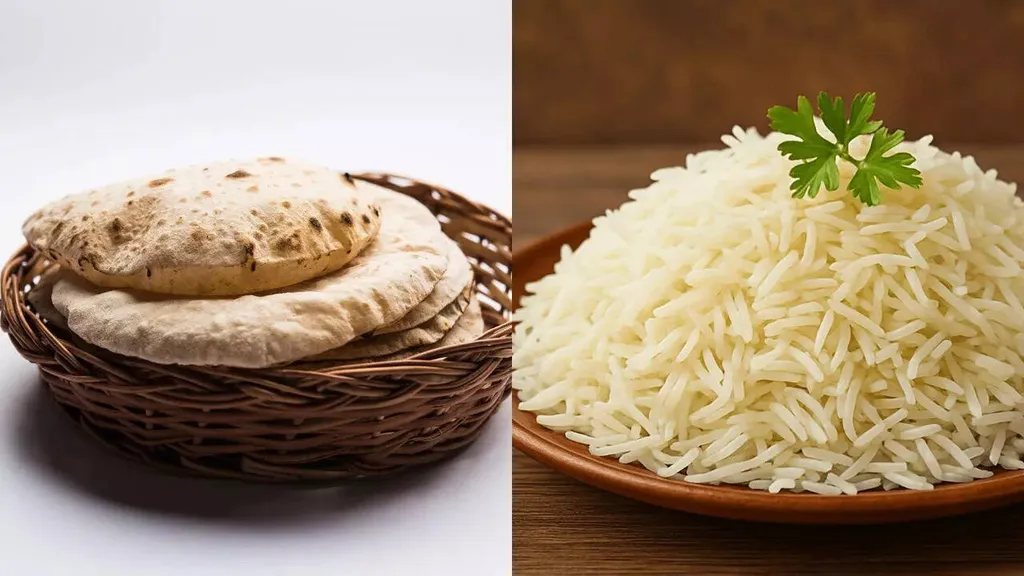In the heart of Haryana, India, a groundbreaking study is unfolding that could reshape the way we think about rice cultivation and nutrition. Researchers at the Chaudhury Charan Singh Haryana Agricultural University (CCS HAU), led by R. Saini from the Department of Chemistry and Biochemistry, have been delving into the intricate world of iron supplementation in rice genotypes. Their findings, published in the International Journal of Bio-Resource and Stress Management, offer a glimpse into a future where agronomic biofortification could enhance both plant physiology and nutritional value.
The study, conducted over two cropping seasons (2015−2016 and 2016−2017), evaluated promising rice genotypes and their biochemical responses to varying iron concentrations. The results are nothing short of intriguing. The researchers observed significant variations in key metabolites, with ascorbic acid levels ranging from 343.3 to 680.2 among different treatments. Hydrogen peroxide and malondialdehyde levels also showed considerable deviation, indicating the complex interplay of biochemical processes at work.
One of the most striking findings was the enormous variation in peroxidase values, which ranged from 38.1 to 160.8. These enzymes play a crucial role in plant defense mechanisms and their fluctuation highlights the impact of iron supplementation on plant physiology. “The first principal component accounted for 73.8% of the total variation among estimated values,” noted Saini, emphasizing the substantial influence of peroxidase, catalase, and superoxide dismutase during both vegetative and reproductive stages.
The implications of this research for the agriculture sector are profound. By understanding how iron supplementation affects these biochemical processes, farmers and agronomists can optimize crop management practices to enhance yield and nutritional quality. This could be particularly impactful in regions where iron deficiency in soil is a common issue, potentially leading to improved crop resilience and higher nutritional value.
Moreover, the study’s findings could pave the way for the development of new, iron-fortified rice varieties that are better equipped to thrive in challenging environmental conditions. This aligns with global efforts to combat malnutrition and food insecurity, offering a promising avenue for sustainable agriculture.
As we look to the future, the potential applications of this research are vast. The second principal component, contributing 22.6% to the total variation, included key metabolites like malondialdehyde, hydrogen peroxide, and superoxide radicals. Understanding these interactions could lead to innovative strategies for crop improvement, ultimately benefiting farmers and consumers alike.
In the words of the lead researcher, R. Saini from the Department of Chemistry and Biochemistry at CCS HAU, “Agronomic biofortification with a proper balance of iron augmentation induces desirable effects on the physiological processes of the plants.” This statement encapsulates the essence of the study and its potential to revolutionize rice cultivation.
As the agricultural sector continues to evolve, research like this serves as a beacon of hope, guiding us towards a future where science and technology converge to create a more sustainable and nutritious food supply. The journey has just begun, and the possibilities are as vast as the fields of Haryana.

